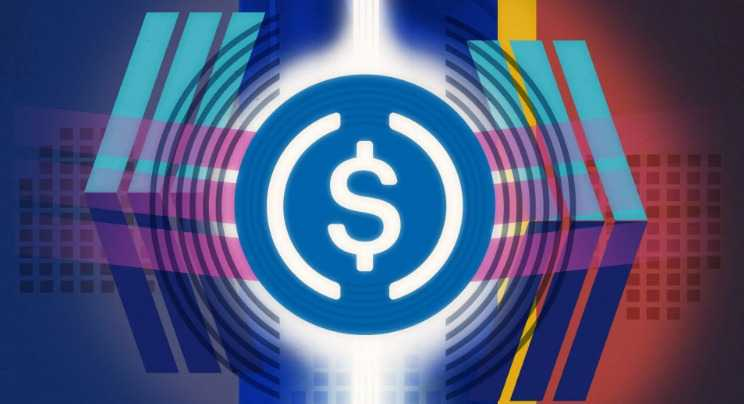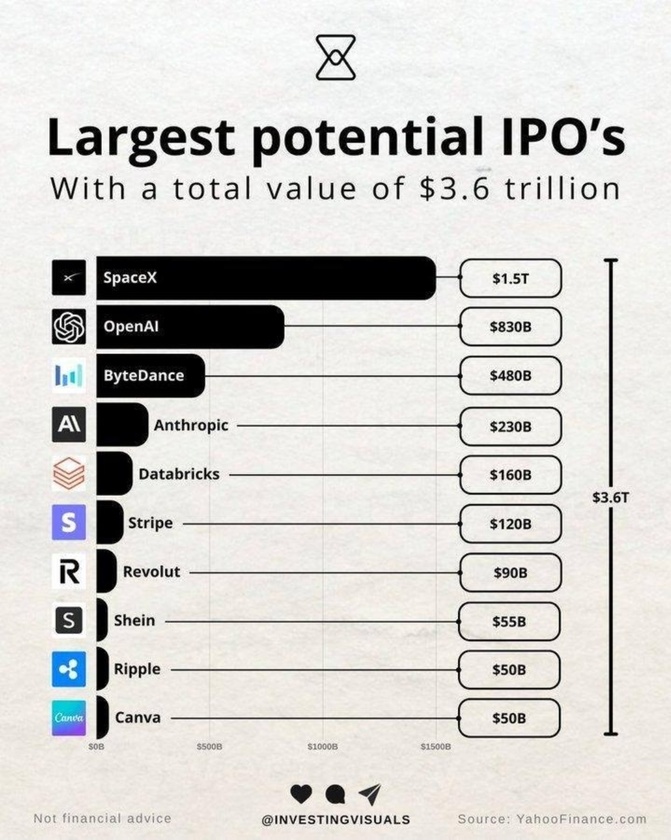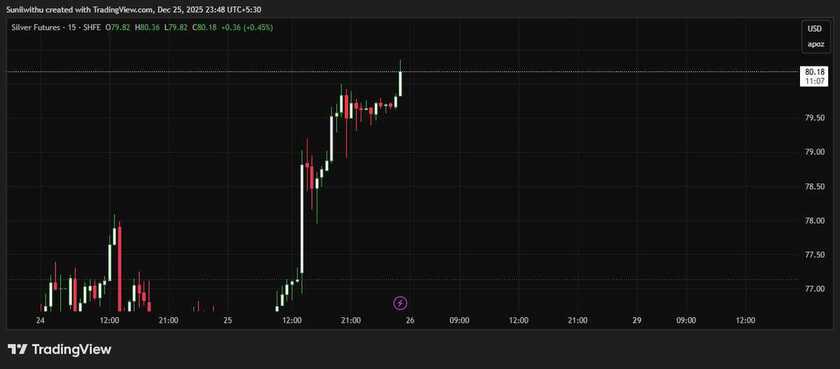- Tether has gained market share from USDC in recent months, growing to 48% of the stablecoin market
- Three times more USDC is bought with USD versus non-USD currencies, according to Coinbase
The two largest stablecoins could become much more prominently used outside the US following actions by one of the largest crypto exchanges and an ATM operator.
Coinbase — which called its USDC stablecoin “our vision for the most trusted and reputable digital dollar” in a blog post Thursday — said it plans to waive commission fees when customers buy and sell USDC with any fiat currency in an effort to boost adoption of the stablecoin overseas.
“Our research shows that…[three times] more USDC is bought with USD versus non-USD currencies,” the blog said. “In part this is because, outside of the US, users usually have to pay fees in the process of converting their local currency into USDC, and this is a barrier to broader international adoption.”
Coinbase’s plan to waive fees on USDC transactions came the same day Tether revealed payment processor SmartPay intends to launch tether (USDT) tokens in more than 24,000 ATMs across Brazil on Nov. 3.
A study by Instituto Locomotiva last year found Brazil had 34 million unbanked adults — one of the highest proportions in the world. Brazilian digital bank Nubank had 1 million customers trading crypto just weeks after launching its digital assets platform, the company said in July.
Brazil had nearly $150 billion in crypto value received between July 2021 and June 2022 — the most of any Latin American country, according to a Chainalysis report last month. Roughly 26% of small retail-sized crypto transaction volume — less than $1,000 — in Brazil comes from the sale of stablecoins, per the study.
“The difficulties and limitations imposed by inflation and a less-than-inclusive financial system has excluded many of Brazil’s citizens from being able to participate in the country’s growing economy,” Tether Chief Technology Officer Paolo Ardoino said in a statement. “Adding tether tokens to ATMs across Brazil provides the opportunity to include more people in the financial system.”
The prevalence of stablecoins
USDT’s market capitalization was roughly $68.5 billion Friday afternoon in New York, while USDC’s was $43.8 billion. The coins rank third and fifth, respectively, in terms of market cap, behind bitcoin and ether. The crypto exchange Binance’s native BNB token has the fourth-highest market cap at $44 billion.
Tether has nearly 48% of the stablecoin market share, according to Blockworks Research data, while USDC holds about 30%.
USDC’s market share has shrunk from about 36% 90 days ago, data shows, with USDT and Binance USD (BUSD) each gaining ground over that span.
USD-denominated stablecoins as a whole continue to be a popular choice for enterprise crypto payments, making up 60% of the crypto payments on Request Finance, the company said in an Oct. 4 report.
USDC is the most-preferred crypto on the app, with $246 million in transactions between its launch in January 2021 and Oct. 4. The stablecoin accounts for 34% of all invoices on the platform, while USDT makes up 14%.
“The popularity of stablecoins can be explained with many of the same reasons why most people do business in fiat, rather than settling payments in shares of tech companies listed on the NASDAQ,” Request Finance said in the report. “Their stable prices make them ideal as a medium of exchange and unit of account — two of the three defining features of money.”
FTX CEO Sam Bankman-Fried called stablecoin regulation the “lowest-hanging fruit” earlier this month. A first step for issuers, he said, is ensuring there are as many dollars backing the number of stablecoins in circulation.
Tether reported last week it had eliminated commercial paper from its stablecoin reserves, replacing the financial instruments with US Treasurys in an attempt to increase transparency and liquidity. Tether has long been dogged for its purported opaque reserves, with concerns having mounted around potential illiquid backing.
A recent report published by the Financial Stability Oversight Council (FSOC) said passing legislation to regulate stablecoins is among 10 steps to lessen the risk cryptoassets pose.




























